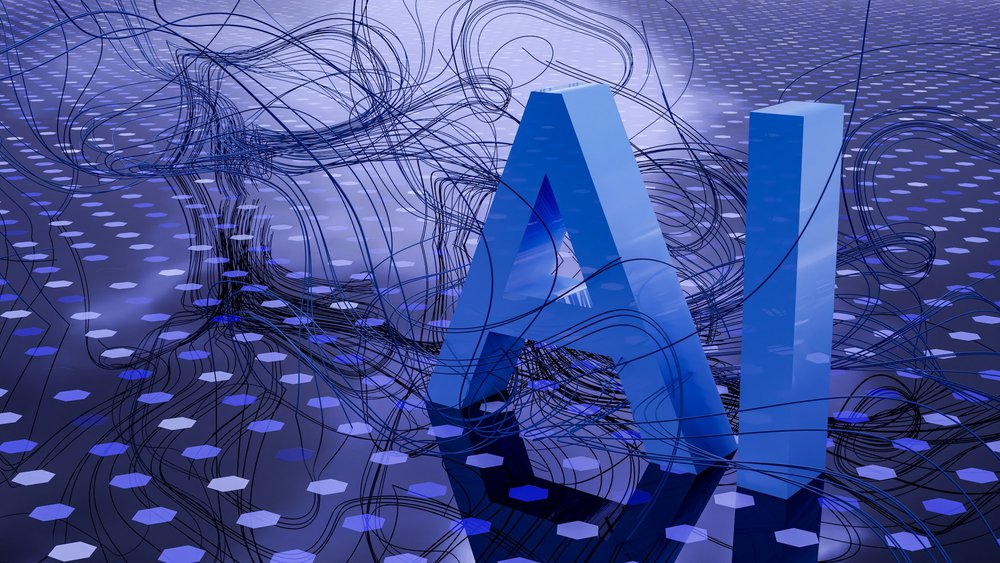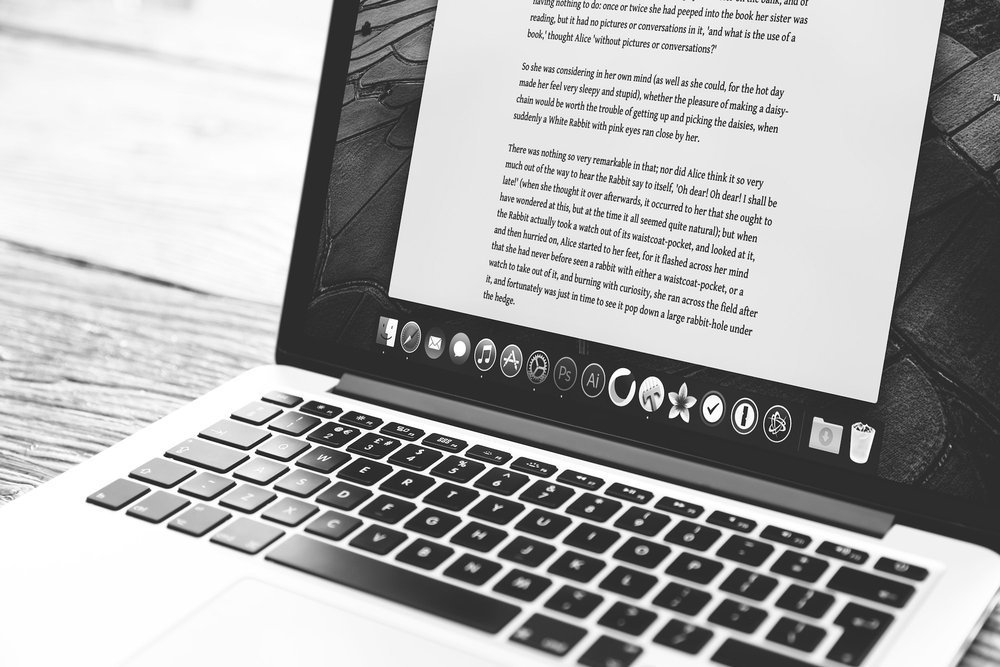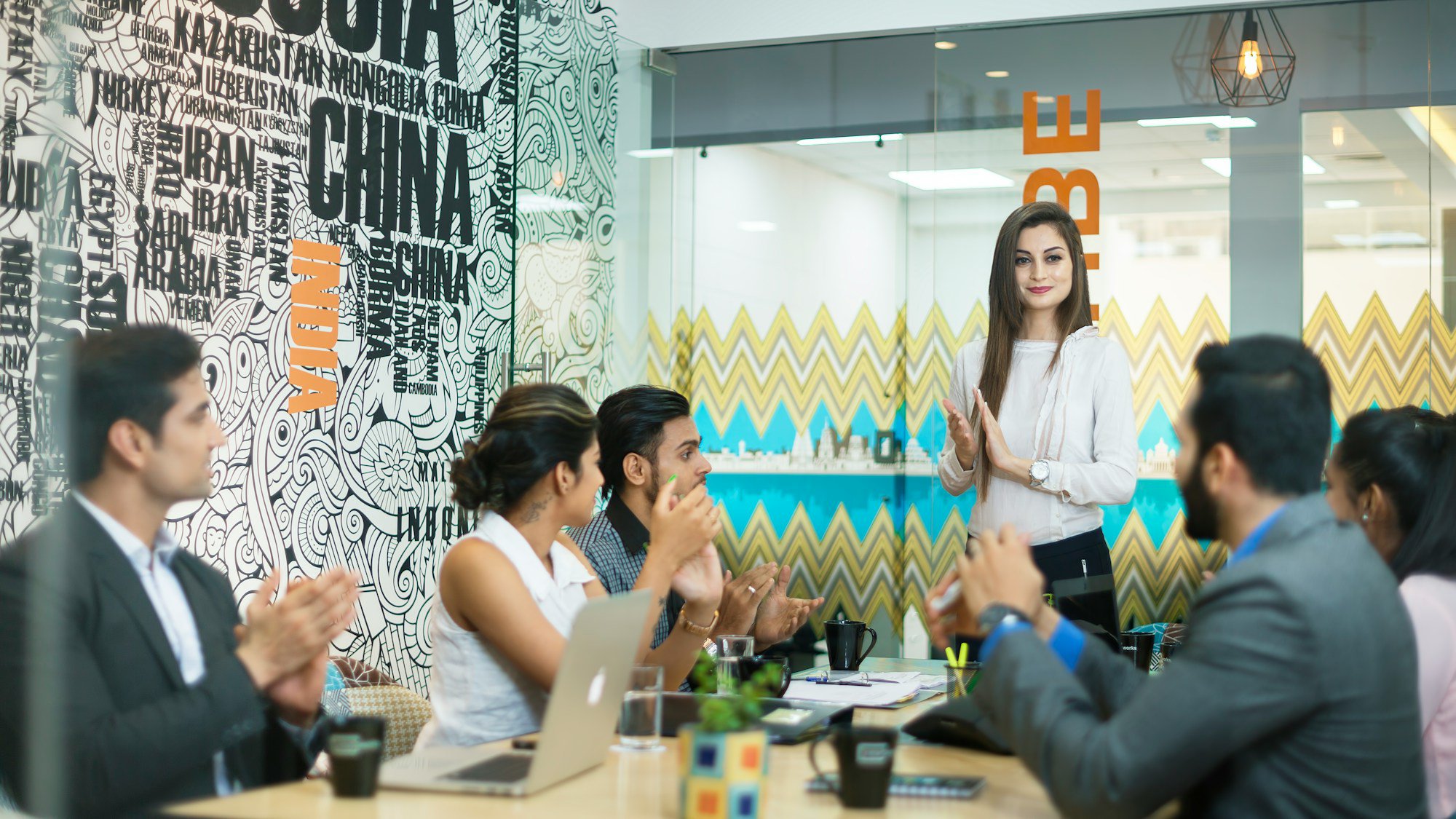Artificial Intelligence (AI) is changing how creative teams make videos. From faster editing to text-to-video generation, AI tools are reshaping the video production process for businesses of every size. These tools help streamline time-consuming tasks like post production, analytics, and even voiceover creation, giving teams more creative control and room to focus on storytelling.
According to Wistia’s 2025 State of Video Report, 41% of brands are now using AI for video creation, up from just 18% in 2024. That surge shows how fast businesses are adopting AI tools to improve video marketing and corporate storytelling.
While AI can handle repetitive tasks like data analysis, basic production, and editing, it needs to catch up in areas that require a more subjective and creative approach. But by leveraging the strengths of AI technology and human creativity together, it's possible to create innovative and impactful videos more efficiently.
How AI in Video Production Is Changing the Future

Artificial Intelligence is rapidly reshaping how creative teams produce video content. AI-powered tools are becoming central to the video production process helping teams streamline workflows, automate editing, and generate high-quality videos faster than ever.
Using AI models in video production allows companies to cut repetitive tasks and focus more on creative direction. From scriptwriting to post production, AI editing tools can analyze data, improve accuracy, and reduce turnaround times while keeping quality consistent across projects.
For production teams, this means more time to refine camera angles, adjust aspect ratios, and enhance videos with stronger storytelling. Technology doesn’t replace creativity, it supports it. In B2B video production, AI tools can support teams handling multiple campaigns or departments, helping businesses maintain consistent messaging across all their video production services.
Scriptwriting

Quality scriptwriting is the foundation of every great video. A strong script connects ideas, emotion, and audience intent. Using AI in video production has made this process faster and more efficient, especially when paired with human creativity.
AI tools can now help writers brainstorm ideas, structure outlines, and even generate text-to-video prompts or dialogue drafts. These systems pull from social data and current trends to help refine your messaging and align content with what viewers are actually engaging with.
In fact, research from Wondercraft and Digiday shows that over 80% of video creators already use AI somewhere in their workflow, proof that automation has become standard in modern video production.
Here’s how AI-powered writing tools support:
- Identify topics and formats that resonate with your audience.
- Analyze social and industry data for relevant insights.
- Suggest ways to refine tone, timing, and pacing for different video platforms.
- Speed up revisions while keeping the final output on-brand.
But AI can’t replace storytelling instinct. While it can generate words, it can’t understand human intention or emotion. The best video scripts still rely on writers who add warmth, humor, and context.
A talented copywriter transforms an AI draft into high quality video content that feels natural and connects with your audience. When used strategically in corporate video production, AI script tools can help companies develop clear messaging that fits different audiences:internal, external, and client-facing.
Voiceovers

A professional voiceover gives your video its final polish. The right tone and pacing can elevate an average production into something that feels professional and engaging.
AI in video production has made it possible to create high quality video voiceovers in minutes. With AI-powered text-to-speech tools, machine learning, and natural language processing, businesses can now generate consistent, natural-sounding audio faster than ever.
Here’s what AI voiceover tools can do:
- Produce complete voiceovers in minutes instead of days.
- Offer multiple voice styles, tones, and accents for any type of video content.
- Adjust pitch, pacing, and emotion automatically for better synchronization.
- Maintain steady tone, clarity, and pronunciation across multiple clips.
These AI editing tools help create high quality video content efficiently while saving on recording time and studio costs. But even the most advanced text to video or speech generation system can’t fully grasp emotional flow, humor, or intent. Human voice talent still understands subtle delivery and storytelling rhythm, the kind that keeps audiences engaged from start to finish.
Survey data suggest voiceover tone plays a major role in how trustworthy a video feels.
Transcripts and Subtitles

Accurate transcripts and subtitles make your video content accessible to everyone: viewers with hearing challenges, those watching on mute, or audiences in other languages. They also help improve your post production workflow by giving search engines text to index, boosting your video’s visibility online.
AI tools have made this editing process faster and more reliable. With deep learning and natural language processing, AI systems can automatically generate transcripts and captions within minutes. This means your production team can focus on creative tasks instead of manual transcription.
Here’s what AI-powered transcription and captioning tools can do:
- Create accurate transcripts quickly, cutting hours from production time.
- Edit and customize subtitles to fit your audience’s needs.
- Boost search engine optimization (SEO by giving search engines text to crawl and understand your videos.
- Capture tone, phrasing, and emotion better than older automated systems.
AI can also assist with audio editing by identifying speaker patterns and improving clarity. Still, you’ll always want a human review pass. AI sometimes misses non-verbal audio like sound effects or background cues. Combining human and AI review is the best way to ensure high quality video that’s accurate, polished, and inclusive.
Analytics

Analytics play a huge role in understanding how viewers interact with your video content. Metrics like views, retention, and engagement rate reveal what’s working and where improvements can be made. With AI-powered tools, production teams can analyze this data faster and in greater depth than ever before.
This allows you to process viewer data automatically and identify patterns across multiple platforms. AI tools can highlight which scenes drive the most engagement, when audiences drop off, and how your storytelling affects conversions.
Here’s how it enhances the analytics side:
- Segment audiences based on behavior, demographics, and interests.
- Measure what types of video content generate the most interaction.
- Recommend adjustments to improve titles, visuals, or pacing.
- Predict performance outcomes for future campaigns.
By combining human strategy with AI directly into your marketing strategies, you can refine creative decisions and consistently produce high quality content. AI gives you insight, but human judgment turns those insights into better storytelling.
In B2B video production, these insights help companies refine training videos, product explainers, and corporate communications for stronger results. But even with smarter data, creativity still sets brands apart.
The Limitations of AI Tools in Video Production: Why Human Input Still Matters
AI tools can handle routine parts of the production process: transcribing, subtitling, and data analysis, but they can’t replace human creativity.
AI editing tools follow patterns; people create emotion. Real creative control comes from editors and producers who understand pacing, humor, and connection. While AI helps speed up the editing process and post production, storytelling still relies on human instincts.
The best approach is balance: let AI handle the technical work while your creative team gives each video its personality and purpose.
Creative Concepts
While AI in video production has transformed efficiency, it still struggles with creative thinking. The process of developing a video concept involves instinct, emotion, and cultural context areas where human creators thrive.
AI tools can analyze data and spot trends, but they can’t originate a vision. They rely on existing patterns, not imagination. That means they can assist in planning and research, but the spark that drives memorable storytelling still comes from people.
Great video concepts emerge from collaboration: writers, designers, and directors bouncing ideas off each other until something clicks. Human creativity brings perspective and emotion, shaping ideas that data alone can’t produce. That’s why even as AI becomes part of every production video process, creative control will always belong to the people behind the camera.
Storyboarding

Storyboarding is where imagination becomes structure. It’s the blueprint that turns a creative idea into a visual plan: showing camera angles, timing, and flow before filming even starts.
While AI tools can help organize scenes or predict pacing, they can’t understand emotion or intent. Storyboarding depends on creative control and human intuition. A skilled storyboard artist interprets how an audience should feel, how each shot connects, and how transitions support the story.
Production process also relies on collaboration. Writers, directors, and editors refine ideas together, using storyboards as a shared visual language. AI can assist with technical details like layout or sequencing, but it can’t replace the empathy, instinct, and emotion that drive powerful storytelling.
In short, AI can plan frames, but only people can tell stories that move others. Once the vision is in place, the editing process becomes where AI shows its real value.
Editing
Editing is where a video truly comes together. Video editing is the process of shaping raw footage, sound, and visuals into a cohesive story that feels intentional and professional.
AI editing tools have revolutionized this stage of the video production process. They can automate repetitive steps like motion tracking, color correction, and sound balancing, tasks that once took hours now happen in minutes. By handling these technical parts of post production, AI frees editors to focus on creativity, pacing, and storytelling.
Still, there’s a limit to what AI can do. It follows patterns; humans create meaning. A skilled editor knows how to blend music, dialogue, and timing to build emotion. They understand tone, context, and audience intent in a way that algorithms simply can’t.
AI in video production has made great strides, but human editors remain the difference between generic content and professional quality videos that engage viewers. The best results come from using AI for efficiency while letting people guide the story and creative direction.
The Rise of AI Powered Tools in Video Production
AI has completely reshaped how teams approach the video production process. From text-to-video generation to automated editing, today’s AI tools help businesses create high quality video faster and more efficiently than ever before. This evolution is especially powerful for corporate and B2B video production, where companies rely on scalable, data-driven storytelling.
For brands and production teams, AI in video production offers a huge advantage: it streamlines workflows without replacing creativity. Automated tools handle time-consuming editing and post production tasks, while people maintain the creative control that shapes vision, emotion, and message.
Used wisely, AI can elevate your storytelling and help deliver quality videos that connect with your audience. The key is balance, pairing the precision of AI with the creativity and strategy that experienced video production teams bring to every business project.
Pro insight: The most successful teams use AI as an assistant, not a replacement. Technology accelerates your work; creativity gives it purpose.
Frequently Asked Questions
How is AI being used in video production today?
AI helps automate key parts of the video production process, including editing, scripting, and analytics. Many B2B video production teams use it to speed up workflows and maintain consistent quality. Learn more on our Video Production Services page.
Can AI replace human editors and producers?
Not yet. AI tools can assist with technical editing and repetitive tasks, but human editors bring creativity, tone, and emotional storytelling, qualities essential for impactful videos.
What types of videos benefit most from AI tools?
AI supports scalable formats like training videos, social media clips, and internal communications. It helps brands produce high-volume video content while maintaining quality. Explore options on our Social Media Video Services page.
How does AI improve video production for businesses?
AI reduces turnaround times, enhances video quality, and streamlines collaboration across creative teams. It allows businesses to produce professional-quality videos faster and at scale.
What’s the best way to balance AI and creativity in video production?
Use AI for data-driven and technical tasks, but let human creativity guide storytelling and strategy. This balance leads to authentic, engaging videos that reflect your brand’s voice and goals.
Ready to create your next video project? Get in touch with Levitate Media to start producing high quality video that blends innovation with imagination.









